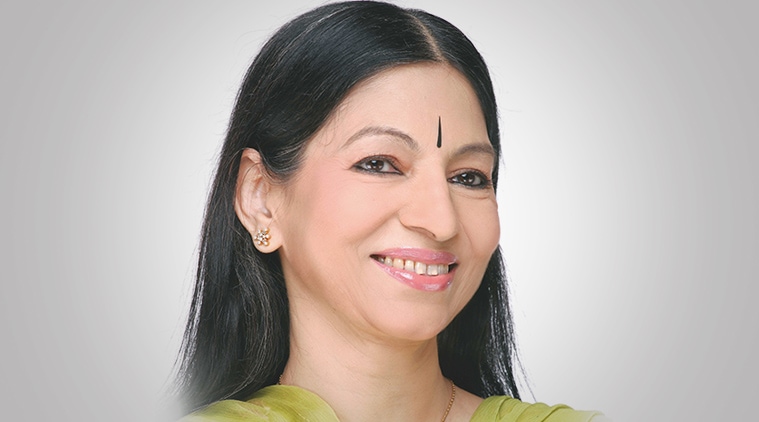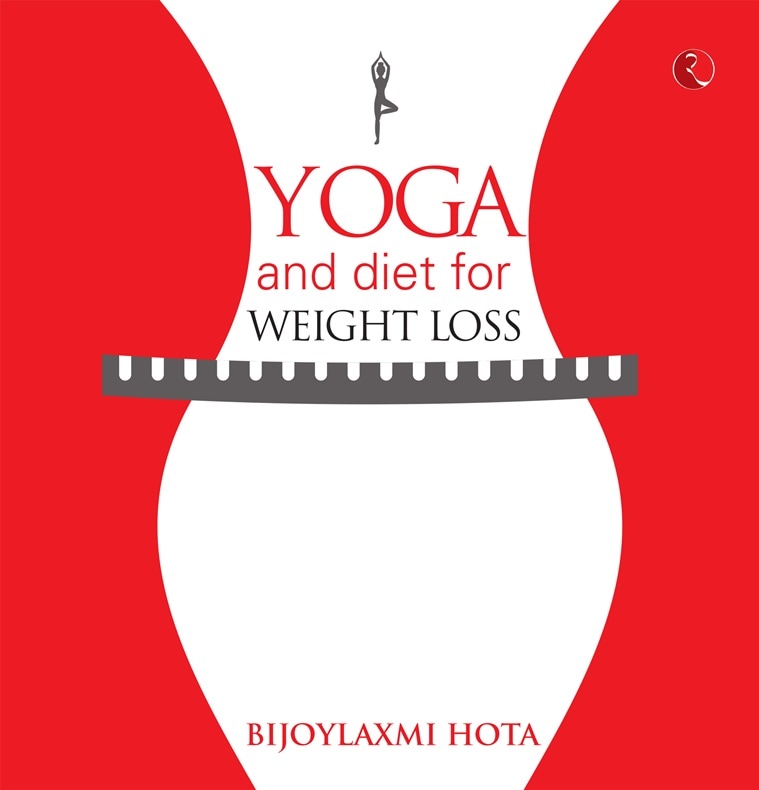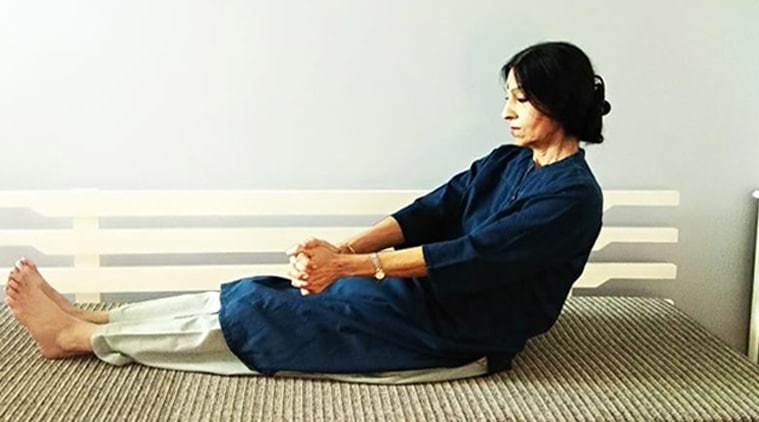
Some basic things to keep in mind while practicing yoga include choosing the right yogic routine that suits ones body’s requirements and following all the rules of yoga, suggests Bijoylaxmi Hota.

A well-known yoga therapist, Bijoylaxmi Hota has over three-and-a-half decades of experience. Also an author, she has written nine books on yoga and diet, as she believes that yoga, when accompanied with the right diet, does wonders to one’s health.
On the occasion of International Yoga Day, the Delhi-based author whose latest book, Yoga and Diet for Weight Loss (published by Rupa Publications), released recently, talks about the importance of yoga, the myths associated with it, and why there cannot be a common yoga routine for everyone.
ALSO READ | International Yoga Day 2019: Yoga postures that enable a good night’s sleep
People have been practicing yoga for thousands of years. But have things changed since International Day of Yoga has been institutionalised?
The institutionalisation of yoga in this way has had both positive and negative impacts. The positive aspect has been that yoga has become very popular and virtually everybody is practicing it, feeling better and healthier. The fallout, however, is that virtually everybody has started teaching yoga – whether or not they are competent to do so. This can have adverse consequences because yoga is not as simple a system as it is thought to be. It has got many rules and nuances which, if overlooked, can cause untold – even irreversible damage to the system.
For example, if a hypertensive person does a vigorous pranayama, his or her blood pressure can rise dangerously causing a heart attack. Similarly, if a person with a weak back practices an extreme forward bending asana, he or she can end up with a slipped disc. It has happened to people I know. Also, teachers often mislead people. For example, they teach only asana and pranayama and call it Astanga Yoga. Ashtanga Yoga has eight factors where asanas and pranayamas are just two of them. The other six factors are completely left untouched.
What are the biggest myths associated with yoga?
Although the myths surrounding yoga are fast disappearing as more people are practicing it and experiencing what it is all about, some still think yoga is just a spiritual system meant only for the seekers. To some, it is a Hindu ritual and they stay away from it. The church in Mizoram forbade the people from practicing it in spite of my telling them that yoga is mentioned in the Vedas and Hinduism is post-Vedic, hence it cannot have anything to do with religion. It was another thing that those who had already joined my class benefited and braved to disobey.
Many practitioners swear by just yoga or following a diet regime as the solution to weight woes. You, however, emphasise on the importance of both together. Could you explain the relation between the two?
The thyroid must be in good health for it to metabolise the food perfectly; and to be healthy, this gland needs specific nutrients. Secondly, certain dietary deficiencies like that of calcium and iron can also cause weight gain. Therefore, all necessary nutrients have to be taken first to lose weight. At the same time, taking the right food alone is not enough for a sound thyroid health because processing the food properly and delivering it to the cells are done by other glands and organs, and those body parts also need to be healthy. Lastly, hormonal secretions are ultimately regulated by hypothalamus of the brain which is directly influenced by our emotions. If the mind is stressed, the glandular functions of the body can go haywire. Yoga not only improves the health of each body part, it removes the stress from the mind too. That is why both right food and right yoga are necessary to lose weight.

What are the key differences between practising yoga or hitting the gym when it comes to weight loss?
The effects of a gym are functional, while the effects of yoga are functional and systemic. Gymming helps people who gain weight simply due to lack of physical exercise. But yoga should be preferred as overuse of joints and ligaments can lead to health problems in the long run. Athletes often get arthritis after a certain age.
What are the basic things one needs to keep in mind while practising yoga?
Choosing the right yogic routine comprising physical and mental exercises suiting your body’s needs and following all the rules of yoga regarding the number, sequence and speed is most important.
ALSO READ | International Yoga Day 2019: Date, Theme, History, and significance
In your experience, how much has yoga helped in treating people of lifestyle diseases like diabetes and blood pressure, and even cancer, for which scientists are still trying to find a cure.
Generally I cure high blood pressure in three to four days, while blood sugar starts decreasing in a day or two and is gone in a month’s time, and tumors disappear as quickly. I have seen similar trend in cancer in one person who had not started his chemotherapy. Unfortunately, everyone goes for conventional therapy and poison the system so badly that it becomes difficult to undo the damage quickly enough.

When is the best time to practise yoga? Should it be practised on an empty stomach? When should one eat their first meal after practicing yoga?
Although Brahma Muhoorta i.e. 4 am to 6 am is the best time to practice yoga, it can be done anytime provided the stomach is empty — two hours after a light meal and three hours after a heavy meal. But avoid doing it late in the evening. Food can be taken around 10 minutes after yoga.
Can you suggest a few tips for beginners?
Start with simple yoga in a small dose and go gentle not to cause any damage inside.
Can you suggest five yoga asanas that people across age groups can do.
There cannot be a common routine for everyone because the needs and limitations of the body varies. For example, a child at the age of six should do those practices that enlarge the lungs as the growth of this organ stops at the age of eight, whereas elderly people should focus on preventing the loss of their eyesight, hearing, memory, and mobility. Young adults may have a common program provided their blood pressure, blood sugar, heart and back are normal.
Source: Read Full Article